Six surprising and overlooked travel destinations in Iran
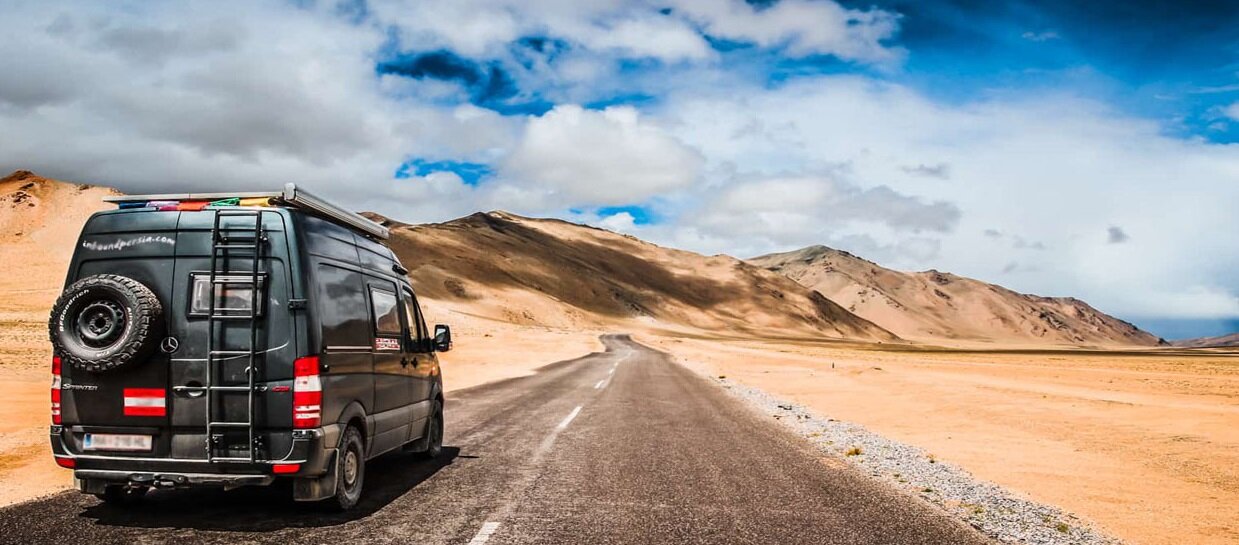
TEHRAN – For backpackers looking to venture off the beaten path, Iran has a wealth of lesser-known attractions that rival the breathtaking beauty and historical significance of many well-known ones.
The well-traveled tourist route of the nation includes scenic forests, canyons, towering mountains, serene deserts, waterfalls, historical arch bridges, ancient places of worship, mud-brick towers, and old villages, to name a few. A selection of those places is listed below:
Khaneh Motamedi
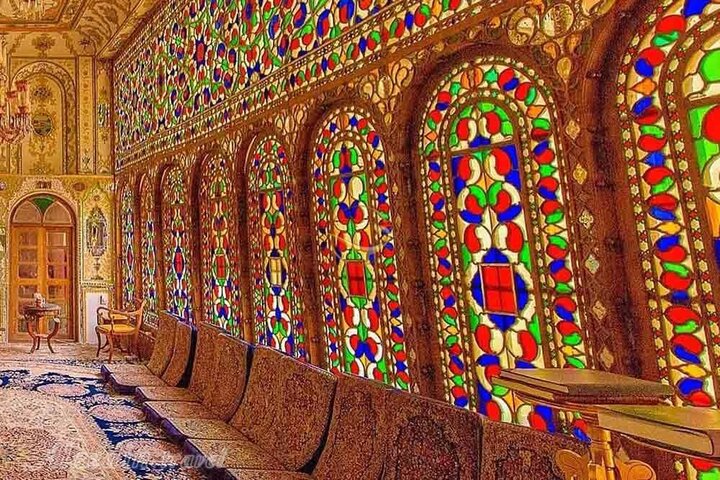
Khaneh Motamedi, aka Mollabashi house, is a festival of colors and lights because it is so densely decorated with almost all Iranian traditional ornaments.
The historical house is in Isfahan and features chandeliers, mirrorwork, tilework, stuccowork, woodwork, stained glass, and woodwork, as well as elements of both traditional and neoclassical Persian architecture.
Its courtyard features a charming little garden with well-kept trees that leads to a summer alcove that serves as a reminder of the Zand era.
Rainbow Valley

Imagine a narrow valley with colorful mountains in shades of red, purple, yellow, ochre, and blue, as well as multicolored earth and sand that are the result of the uneven cooling of molten rock.
Situated on Hormuz Island in the Persian Gulf, Rainbow Valley is sometimes referred to as a geologist's paradise.
A source of inspiration for artists and outdoor enthusiasts, the valley is full of geometric patterns created by color patches that extend on all sides.
The best time to visit this incredibly photogenic natural location is in the late afternoon.
Toghrol Tower

The Seljuk-era Toghrol Tower, which is located in a southern suburb of Tehran, is frequently disregarded by tourists who prefer to stay in Tehran's wealthier northern and central districts.
Rey was a significant administrative hub of the Seljuk Dynasty until it was destroyed by Mongol invaders in the early 13th century, and the tower is thought to be the mausoleum for Seljuk king Toghrol Beg.
The Mongols nearly destroyed Rey in 1220 and massacred its citizens. The majority of survivors relocated to the nearby city of Tehran, and the abandoned ruins of Rey quickly fell into complete disrepair.
Qaleh Rudkhan
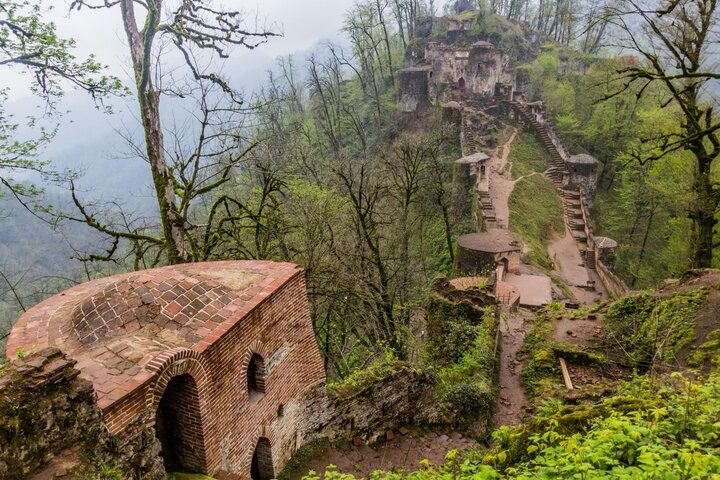
Qaleh Rudkhan, a medieval military fortress whose beginnings predate the rise of Islam in Iran, is nested in the lush green forests of Gilan province.
Many locals refer to Rudkhan as the “fort of a thousand steps” because it requires more than an hour to climb to the stronghold, which is perched along two peaks of a lush mountain.
Construction of the fort began between 224 CE and 651, in the Sassanid era. However, the site is thought to have been renovated and finished by adherents of the Ismaili sect (also known as "Assassins") in the late 11th and early 12th centuries.
The rocky hotel of Kandovan
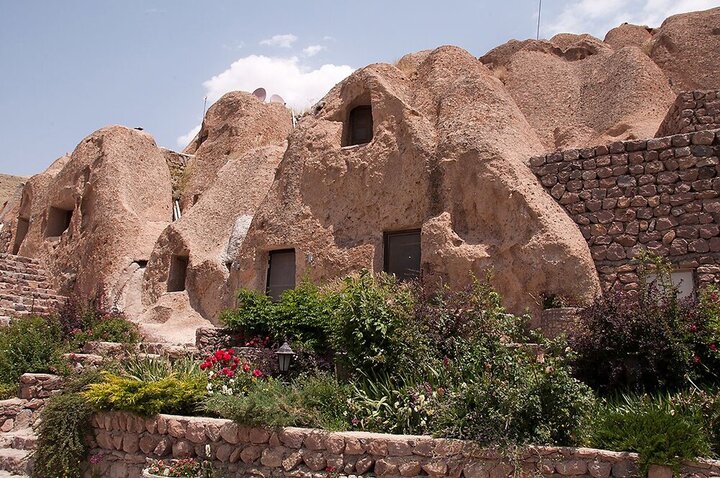
Kandovan Laleh International Rocky Hotel is a cozy place hand-carved into the rocky terrain! It is situated in the heart of an 800-year-old troglodyte village.
The village of Kandovan can be reached some 50 kilometers from Tabriz, northwest Iran. It is great to visit people here who live in conical caves of volcanic rocks at the base of Mount Sahand, a dormant volcano.
Filband
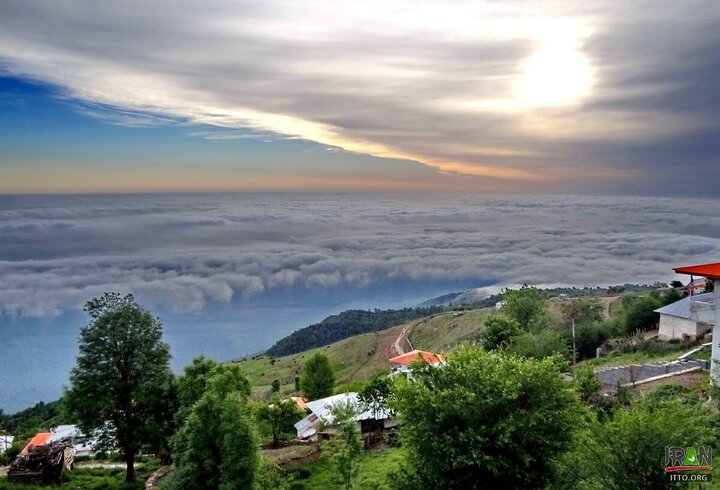
The village of Filband is celebrated for its pristine landscape and the feeling of being lost in the clouds.
Situated in the northern Mazandaran province, it is a peaceful village full of hillside meadows punctuated with grazing sheep and cottages peeking out from behind the trees.
Here, visitors can enjoy every moment in this idyllic rural setting where hens and chickens roam free and carefree locals attend to their daily tasks while shrouded in puffy white clouds.
AFM
Leave a Comment